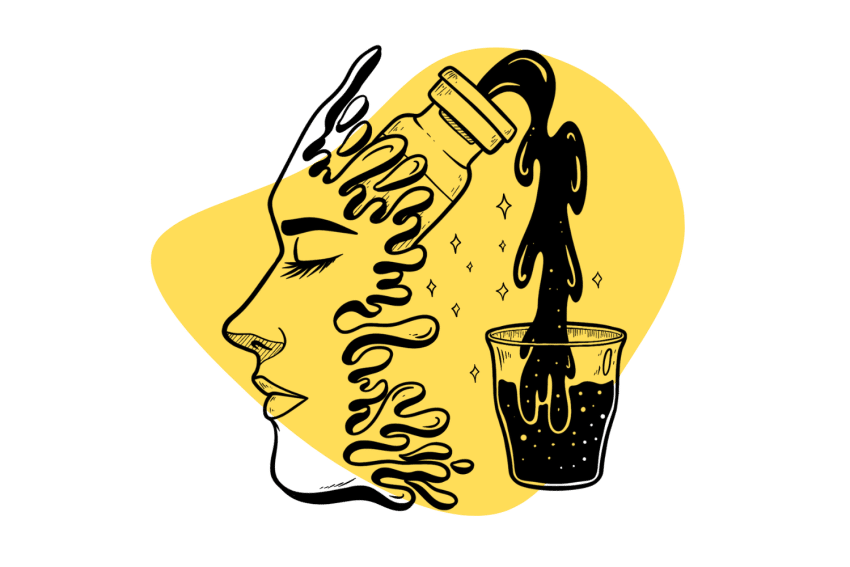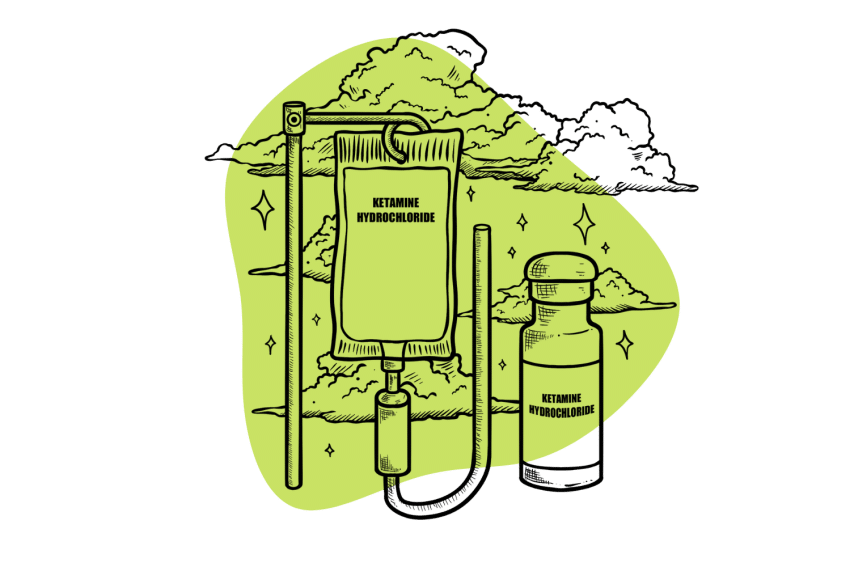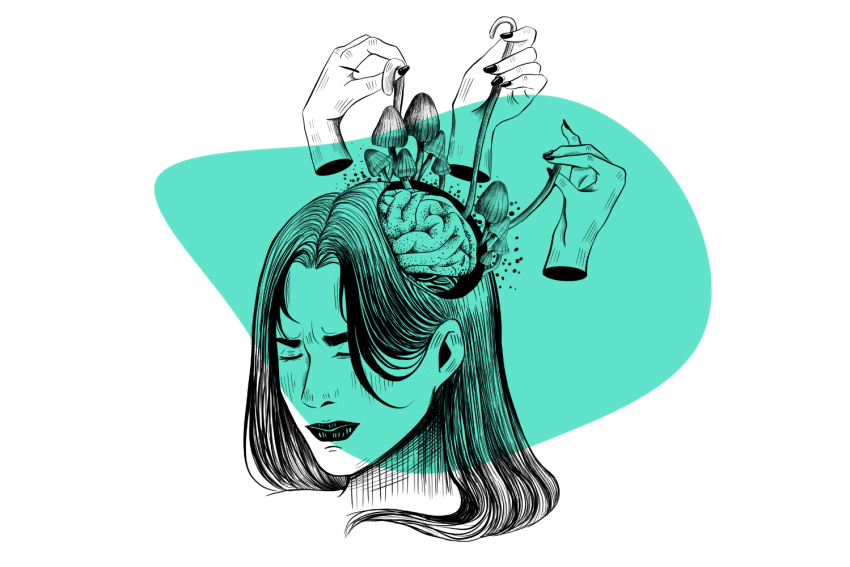What are the Implications of Biden’s Recent Telehealth Announcement?
During the pandemic, providers and patients alike utilized telehealth options as reliable, easy, and affordable ways to get treatment. The administration announced a change on February 24th of 2023 that could roll back many of the improvements this change offered patients.
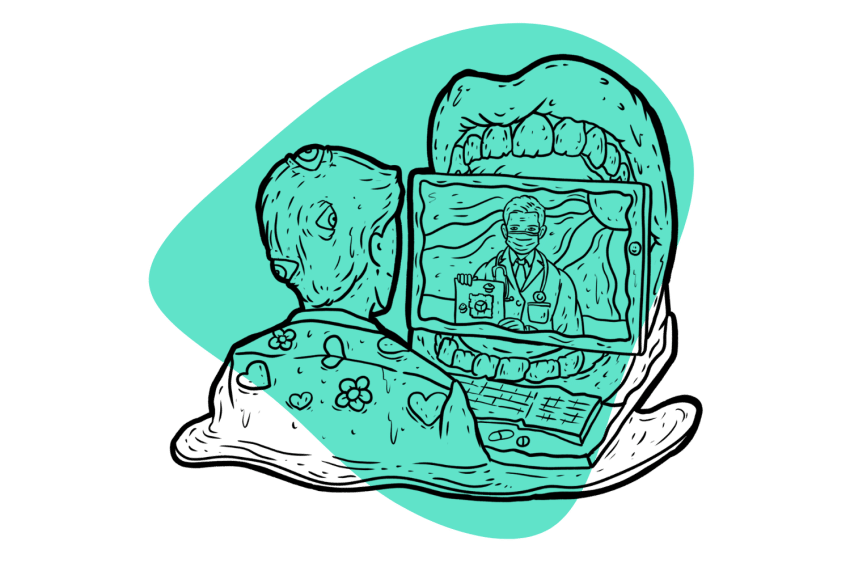
For three years, patients have had easier access to medical care without needing in-person visits for most scheduled substances.
Soon, ADD and ADHD prescriptions like Adderall, mail-order ketamine services, and certain opioids — including buprenorphine, a replacement opioid to help treat use disorder — will become harder to obtain.
There are pros and cons to telehealth we will get into, but, for all the faults, it represented the first major shift in healthcare in years.
Let’s dive into this announcement, what it means for telehealth patients, and the benefits and setbacks of telehealth.

What Biden’s Announcement Means for Telehealth Companies
After Biden announced he would be bringing an end to the emergency healthcare actions put in place for the pandemic, the DEA proposed two new rules targeting telehealth. What these rules will mean is still uncertain, but telemedicine patients will need to attend at least one in-person doctor visit.
Whether this will be every time you need a refill, every 6 months, or some other timeline is not yet certain. Some exceptions will remain for patients who began their service during the COVID-19 pandemic, but Schedule II drugs like amphetamines and opioids will likely get much harder to obtain.
The stated purpose of this is to curb the rapid expansion of these prescriptions since the rise of telemedicine, which the DEA seems to think is to blame for the surge. Opponents of the legislation argue it only makes life harder for those who depend on these medications and is needlessly difficult.
Others point to another time the government decided prescriptions were soaring too high and decided to tighten regulations — unleashing the so-called opioid epidemic. Before these changes, too many people may have been on the medication, but afterward, they had to seek it from less legitimate sources.
As a result, we stand today amid a drug contamination crisis as the clandestine market struggles to keep up with the demand the legal market helped create. Filter Magazine has already told the report of individuals replacing their hard-to-obtain ADHD medication with methamphetamine.
This will only grow, the same way replacing Oxycontin with heroin grew.
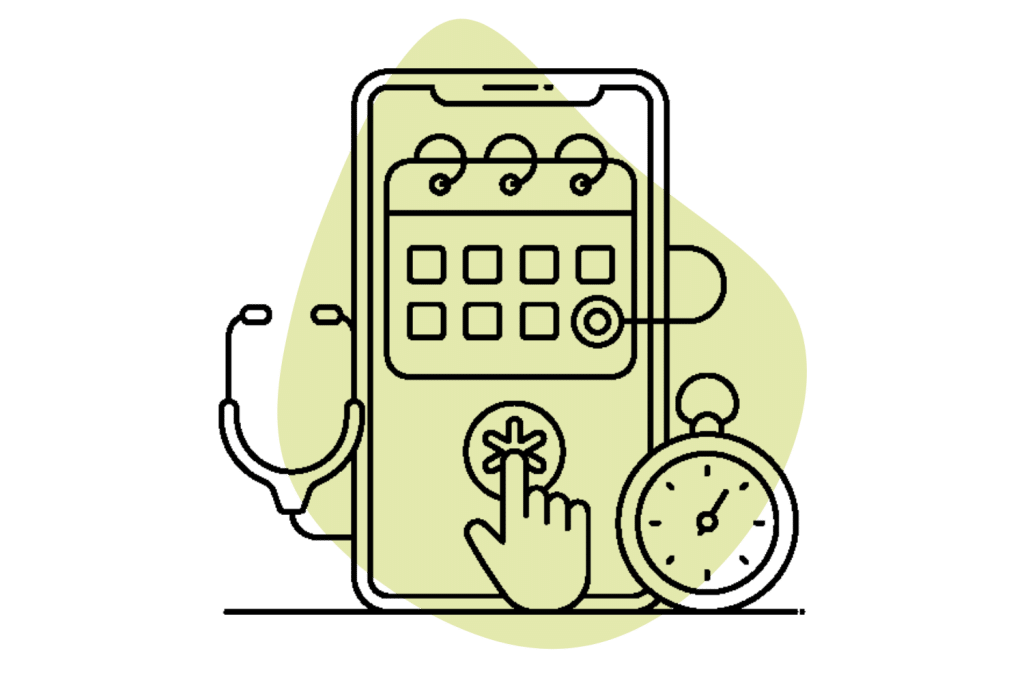
Surges in Telehealth and What it Implies
Telehealth has become one of the most popular forms of healthcare, particularly for ADHD sufferers. It’s not hard to see the major impact opening up these services has on the influx of people seeking their diagnosis.
Articles are quick to divinize or demonize these services, but, like anything else, there are good and bad factors to them. It simultaneously enables easier access to and manipulation of medical care.
It’s important to note, however, no other inexpensive healthcare option has ever been available in America. While people are undoubtedly abusing the system, many are likely finding it available to them for the first time — one of the authors of this article is an example of this.
Pros Of Telehealth
Telehealth options offer a more accessible option for many people to access treatment in an expensive and overloaded medical system. It’s a convenient and affordable avenue to mental health care, something people often find difficult to obtain.
Using data from the Census Bureau’s Household Pulse Survey, the Assistant Secretary for Planning and Evaluation (ASPE) — the principal advisor for policy in the department of health and human services — found 1-in-4 respondents had used telehealth services in the last four weeks [1].
The highest rates of telehealth patients were systemically impacted individuals with Medicaid and Medicare patients (29.3% and 27.4%, respectively.) Other major victims include Black individuals (26.8%) and those earning less than $25,000 (26.7%).
Many cannot afford to go through traditional, in-person psychiatric visits because they:
- Can’t/are unwilling to take time off of a demanding job
- Are unable to access childcare during appointment times
- Are chronically ill and would be dangerous to visit an in-person psychiatrist
- Do not have health insurance, any other provider would accept
- Historic distrust of medical institutions (especially among trans people and people of color)
- Cannot afford the prohibitive costs of in-person care
Cons of Telehealth
While it has increased access to mental health care, telehealth has also led to an impersonal, highly automated system for prescribing these medications. As with any other industry — healthcare or otherwise — a massive, depersonalized growth has led to prioritizing profit over well-being.
Last year, Matthew Truebe — a former employee of the telehealth company, Cerebral — instigated a lawsuit against his former employer. Truebe alleges Cerebral’s CEO “directed Cerebral employees [to] find ways to prescribe stimulants to more ADHD patients to increase retention.”
In his Forbes interview, Truebe also claimed Cerebrals’ Chief Medial Officer David Mou set goals for employees that were unattainable through proper due diligence. One example was when he allegedly claimed the company’s mission was to “prescribe stimulants to 100% of Cerebral’s ADHD patients.“
Truebe claims to have conducted an analysis of the patient database on August 5th, 2021. Out of 200,000 patients, he found roughly 2000 duplicate shipping addresses. A simple questionnaire, a 15-minute interview, and less than $400 are all it takes to obtain a prescription, and it’s undeniable there are “unnecessary” prescriptions out there.
Additionally, there are very few restrictions in place to keep people from obtaining duplicate prescriptions in a clear effort to sell them illegally.
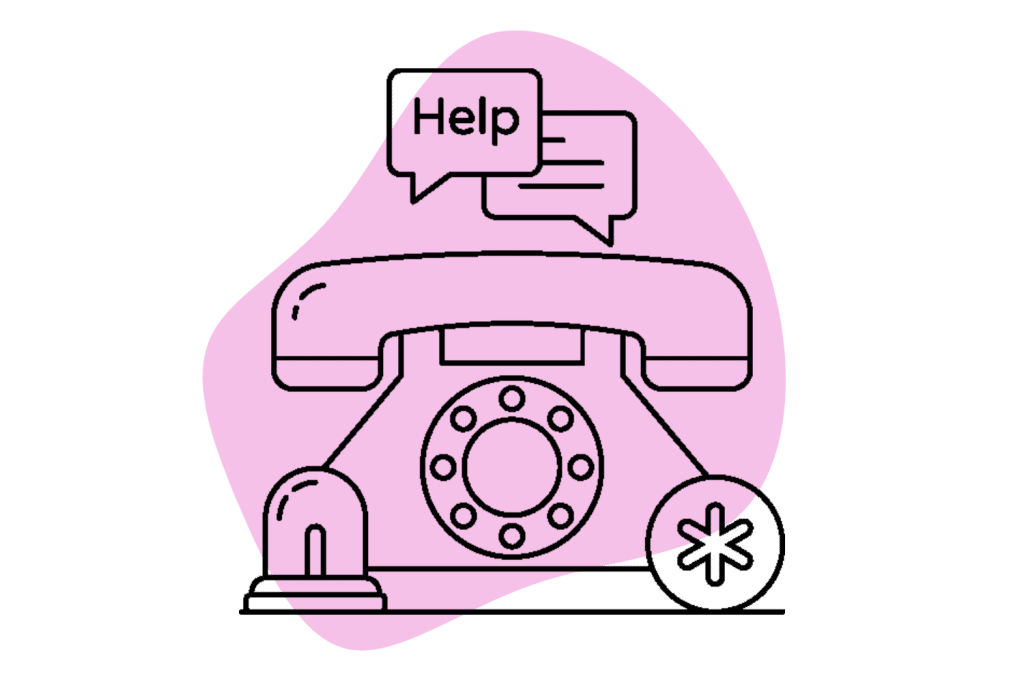
Is the End Near for Telehealth?
At the start of the Covid-19 pandemic, the government enacted emergency declarations to loosen restrictions on telehealth and healthcare in general. Originally set to expire on March 1st and April 11th, the Biden administration announced a brief extension and termination date of May 11th.
This is the same day the proposed rules from the DEA are set to take effect, rolling back the progress of three years as an attempt to regain control. The Biden administration said his slight extension was, in part, to avoid “wide-ranging chaos and uncertainty throughout the health care system — for states, for hospitals and doctors’ offices, and, most importantly, for tens of millions of Americans.”
The statement goes on to say the sudden repeal of the public health emergencies would mean:
Millions of patients, including many of our nation’s veterans, who rely on telehealth would suddenly be unable to access critical clinical services and medications. The most acutely impacted would be individuals with behavioral health needs and rural patients. (emphasis mine.)
Biden’s administration has yet to show what will happen in these 60 days to prevent the bleak future an immediate repeal would bring on. There is still time for movement on telehealth legislation, but it’s unlikely to happen, given the influence of the healthcare system in politics.
Despite talking a big game on the campaign trail, Biden took in nearly $40 million from healthcare professionals and pharmaceutical and insurance companies combined. Even Abigail Spanberger’s — the US Representative from Virginia with two (unanswered) open letters to the DEA about telehealth and the Adderall shortage — 8th highest donor by industry was healthcare professionals in 2022.
Who Does Ending Telehealth Really Impact?
People who can afford private psychiatric practices and out-of-pocket expenses will always have access to treatment. The impact will be much larger on marginalized and low-income individuals.
Regarding ADHD treatment specifically, when treatment is, accessible marginalized groups are much more likely to receive a diagnosis [2].
When given access to treatment:
- Children living below the federal poverty level (18.7%) are more likely to have ADHD compared to children from more affluent families (12.7%).
- Children of parents without a college degree are more likely to be diagnosed (15.4%) compared to children of parents with one (12.8%).
- Black children are more likely to have ADHD (16.9%) compared to white (14.7 %) and Hispanic children (11.9%).
Though research is scarce, there is also comorbidity in ADHD and gender dysphoria. A study of trans youth in southern California indicated roughly 15.5% of subjects had ADHD [3].
The research makes it clear: marginalized communities will go back to suffering through an unmedicated life. By requiring an in-person appointment, the government is raising the bar on the minimum amount of money a person needs to seek care.
Most uninsured people avoid stepping foot inside any medical office for fear of how expensive it will wind up being. Often, their symptoms affect their work and lead to a lower income as well.
One study showed adults with ADHD make an average of 17% less money than their counterparts without [4]. The societal sin of poverty is ever-expanding and feeds on itself.
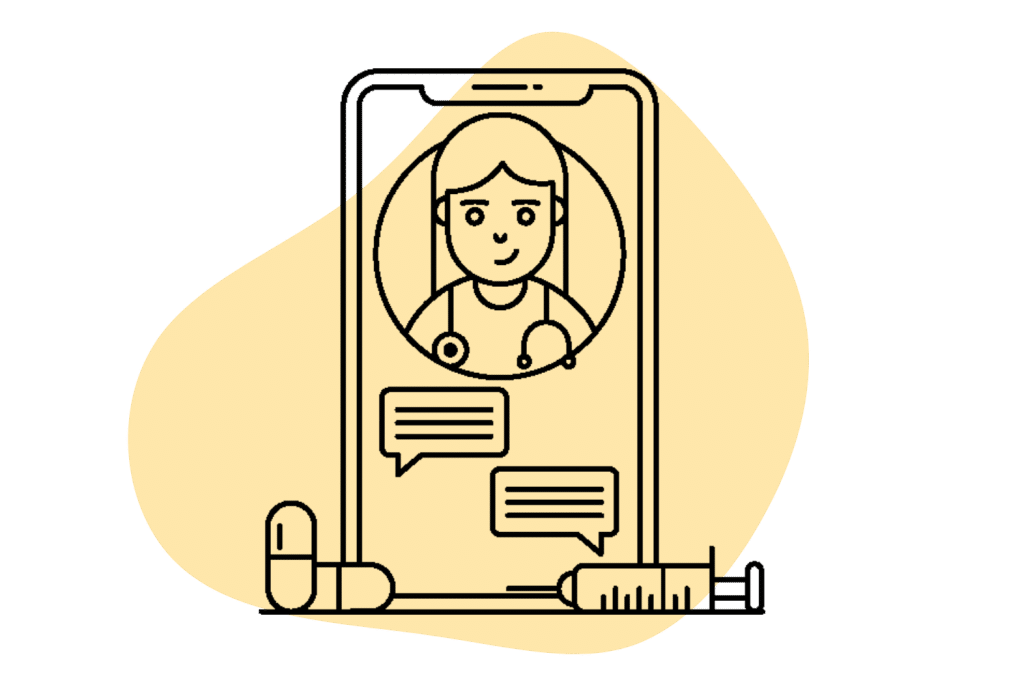
Conclusion: Is There Still Hope for Telehealth?
There is still time for changes to come to these proposed rules from the DEA. It seems as though telemedicine providers could make a play to connect with certain clinics to offer referrals upon in-person visits.
This would perhaps answer part of the concern around cost, but it’s hard to see a purpose behind it besides generating more money for the broken healthcare system. Speaking as someone who obtained an ADHD diagnosis from one of these services, I spent over 30 years of my life thinking I’d never be free of my symptoms.
Finding a cost-effective solution to obtain the medication I’ve known I needed since I was in middle school has been a life-changing experience for me. The commenting window for the DEA’s proposed rules ends on 3/31/23 — until then, you can submit a formal complaint (as of this writing, there are already over 400.)
While there are plenty of instances where the government didn’t listen to the concerns of the public, it’s worth noting commenting has changed the course of legislation in the past. Both with the attempt to ban kratom and five obscure tryptamine compounds, the voice of the public succeeded.
References
- Karimi, M., Lee, E. C., Couture, S. J., Gonzales, A., Grigorescu, V., Smith, S. R., … & Sommers, B. D. (2022). National survey trends in telehealth use in 2021: disparities in utilization and audio vs. video services. US Department of Health & Human Services.
- Zablotsky, B., & Alford, J. M. (2020). Racial and Ethnic Differences in the Prevalence of Attention-Deficit/Hyperactivity Disorder and Learning Disabilities among US Children Aged 3-17 Years. NCHS Data Brief. No. 358. National Center for Health Statistics.
- Becerra-Culqui, T. A., Liu, Y., Nash, R., Cromwell, L., Flanders, W. D., Getahun, D., … & Goodman, M. (2018). Mental health of transgender and gender nonconforming youth compared with their peers. Pediatrics, 141(5).
- Jangmo, A., Kuja-Halkola, R., Pérez-Vigil, A., Almqvist, C., Bulik, C. M., D’Onofrio, B., … & Larsson, H. (2021). Attention-deficit/hyperactivity disorder and occupational outcomes: The role of educational attainment, comorbid developmental disorders, and intellectual disability. PloS one, 16(3), e0247724.



